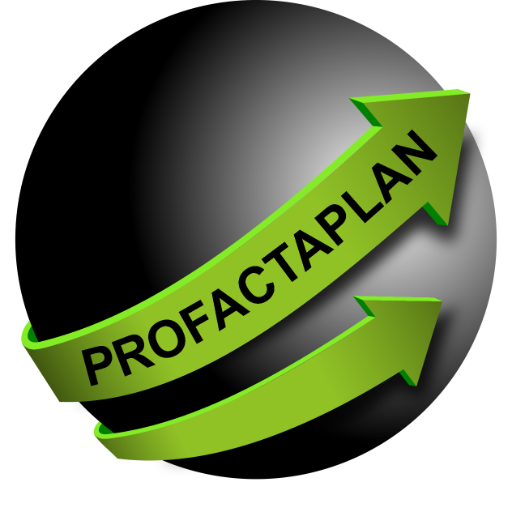Deliverables vs Activities within a WBS
Deliverables vs Activities within a WBS
Transcript
Welcome everyone to today's mini lecture on mastering work breakdown structures. Today we delve into a crucial aspect of project planning, understanding the distinction between deliverables and activities within a WBS.
Firstly, let's establish a clear understanding of what a work breakdown structure entails. At its core, a WBS is a hierarchical decomposition of the work to be executed by the project team. It provides a visual representation of the project scope, outlining all the deliverables, work packages, and tasks for successful project completion.
What does hierarchical decomposition mean? Just as in a hierarchical organization, you have superiors and subordinates. But since it's a WBS, and in a WBS we talk about parent elements, let's use the example of a family tree. You have a patriarch, let's say a great-grandpa Mike. From him came a grandpa Mark, and from him came Father Max, who is the parent of his son Matthew. Now you cannot put cousin Felix under Father Max, he doesn't belong there.
Likewise, in a project, let's say developing a new car, the hierarchy is the breakdown of the project into elements, like design, manufacturing, and assembly. And then breaking those elements into sub-elements. For example, let's take design and break it down into exterior design, interior design, and engineering design. Engineering design, can be further broken down into mechanical design and electrical design. So, when you hear hierarchy, just remember that the one is an element of the other. The one below is an element of the one above it. And similarly, the one above is a parent element of the ones below it.
Now, the biggest pitfall that many encounter when developing a WBS is the tendency to delve into activities prematurely rather than sticking to WBS elements. What exactly does this mean? Work breakdown structure focuses on deliverables. These are the tangible outcomes, products, or results that are produced as part of the project. They represent the “what” of the project, providing a clear understanding of what needs to be achieved. Think of deliverables as the building blocks of your project. When creating WBS elements, it's essential to remember that they should not include verbs. Instead, they should succinctly describe the deliverable.
For example, instead of saying “design website”, you would simply have “website design” as a WBS element. ‘Design website” refers to an action where “website design” refers to an element in the overall project and serves as the container for the many actions that website design requires. Why is this distinction important? Well, by focusing on deliverables, you're essentially dividing the project into manageable categories or groups of what will be delivered in the end. This approach provides clarity and helps ensure that all necessary outcomes are accounted for in the project scope.
On the other hand, activities are the actions required to produce the deliverables. Activities are the “how” of the project. They represent the steps or tasks that need to be undertaken to accomplish each deliverable. And unlike the WBS elements, activities MUST include verbs. They are essentially the to-do list that guides the execution of the project.
By clearly differentiating between deliverables and activities, you avoid the common pitfall of diving too deep into the details of tasks prematurely. Instead, you maintain a focus on the bigger picture – “what” needs to be achieved - before drilling down into the specific actions required to get there.
To summarize, the WBS focuses on deliverables representing the “what” of the project. WBS elements should not include verbs, and provide a high-level overview of the project scope. Activities represent the “how” of the project, detailing the specific tasks required to produce each deliverable. Activities must include verbs and serve as the actionable steps to execute the project.
Mastering the distinction between deliverables and activities is essential for developing a clear and effective work breakdown structure. By keeping this principle in mind, you'll lay a solid foundation for successful project management and execution. Thank you.
